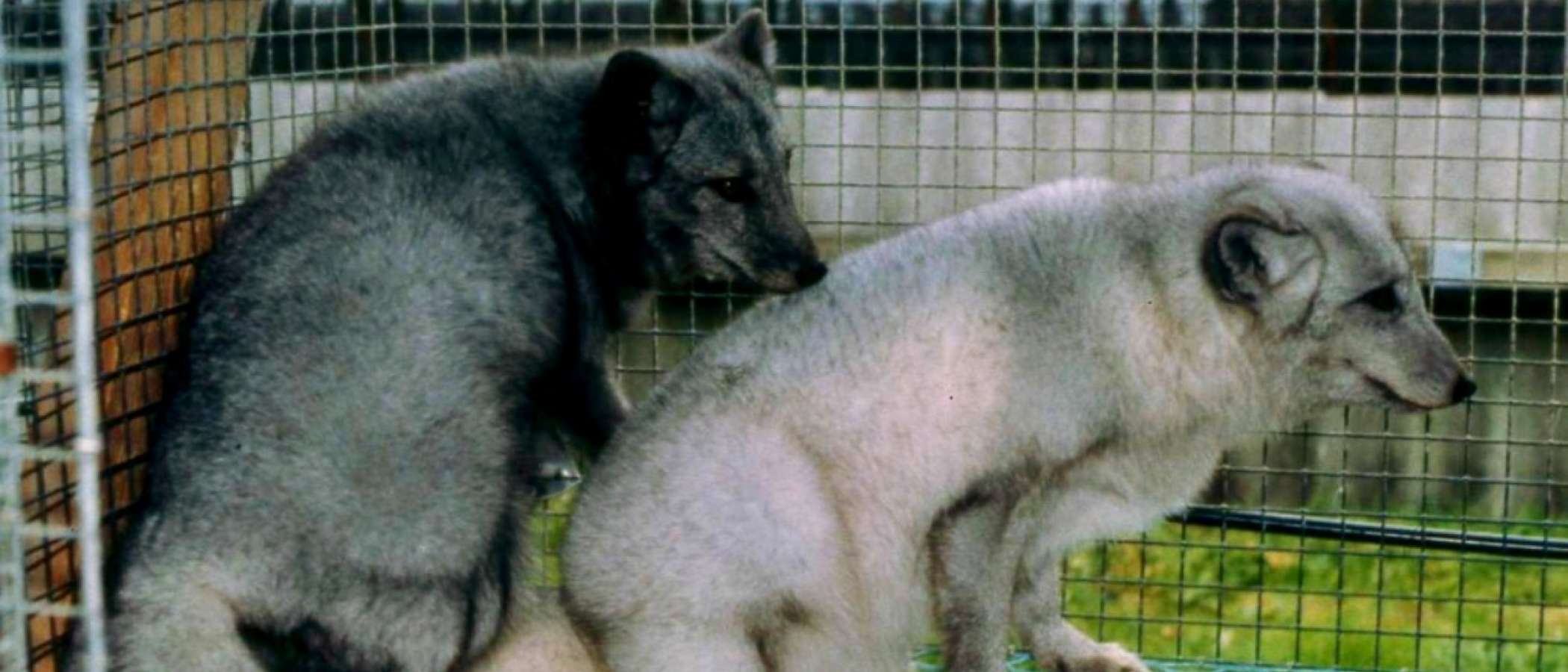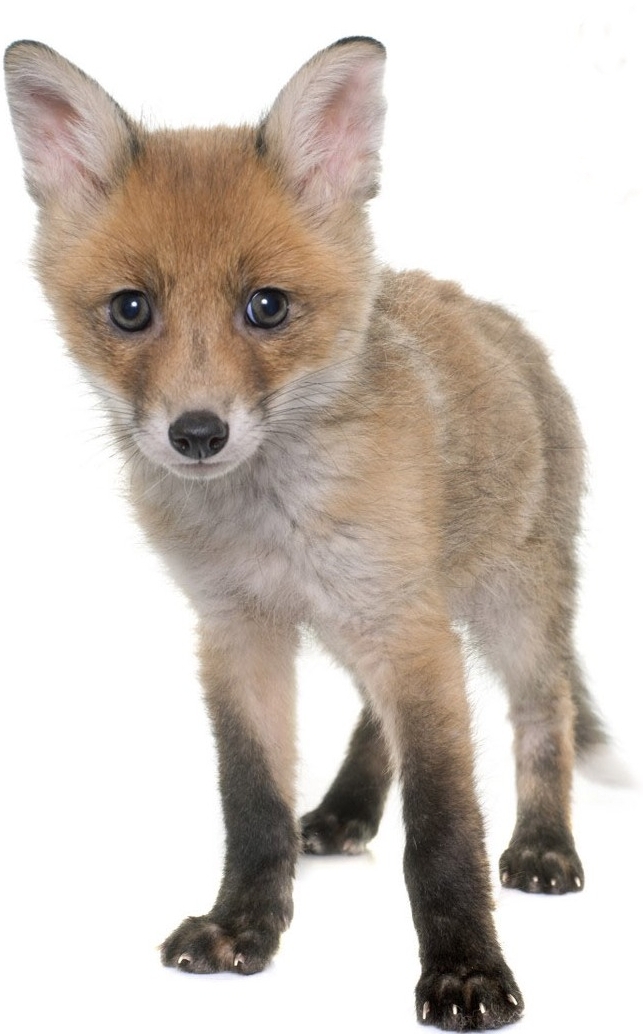We denounce
- Abandonment. Causes and Consequences
- Alternative methods to animal experiments
- Animals in circuses
- Breeding and hunting animals to show off their fur or skin
- Captivity shows and therapies
- Experimenting with animals
- Hunting, capturing and trafficking
- Intensive animal breeding
- Torture shows
- Transport over long distance or in bad conditions
- Zoos are like prisons
Breeding and hunting animals to show off their fur or skin

Yearly over 40 million animals are hunted in the wild or bred on farms with the aim of commercializing their fur or skin.
The number of animals needed to make a fur jacket or coat ranges between:
- 10 – 20 foxes
- 27 – 40 racoons
- 12 – 15 lynxes
- 60 – 80 minks
- 60 – 200 squirrels
- 50 – 60 sables
- 30 – 200 chinchillas
Yearly production at fur animal breeding farms is estimated at more than 4.3 million foxes and 29.5 million minks.
MOST FREQUENT TRAPS IN HUNTING WILD ANIMALS
Clamp (retention trap). When an animal steps on this trap two parts spring up and strongly trap one of its legs very painfully, stopping the animal from escaping. It is quite frequent that in its state of terror and anguish it tries to disengage itself whatever way possible. Trapped animals have often lost part of their teeth by desperately gnawing and biting the trap’s metal. What also often happens is that by pushing, straining and moving their leg they manage to amputate it, or due to numbness, because of the pressure from the trap, they bite into it until it is cut it off and they escape seriously injured. It is considered a very cruel way of hunting. But, this system is still being used, mainly in countries like the U.S.A., Canada and Russia.
Another cruel system to capture animals is the trap called CONNIBEAR. This contraption designed to kill by a blow on the neck is usually used to catch underwater animals, like minks or otters causing them severe agony.
The nylon or metal LOOP with a slipknot is also very cruel and is used mainly for catching big cats, lynxes and wild cats. These traps are the direct cause why other species are also “trapped” by “accident”, or in reality killed or maimed. Dogs, cats, sheep and birds fall in traps and loops set to catch animals for their fur. It is very difficult for birds to survive and in general, the other species trapped are considered waste. These hunting methods besides not being selective are also a serious threat to species in danger of extinction.
SKINS FROM ANIMALS BRED ON FARMS
Like all intensive breeding systems, wild animal farms set up to supply the fur industry, have been projected, so that these concentration camps are profitable to their owners, without taking into account the slight adaptation capacity and the huge suffering of their condemned inhabitants. Wild species such as the fox and the mink, of a nervous and restless temperament, which in freedom spend most of their time continuously going from one place to another, exploring large areas of territory, are condemned, in farm cages, to live in a wretched and repeated state of come and go, in reduced areas of scarcely square centimetres.
The genuine independence and individuality of these species is systematically violated by having to share the cells with others of their kind, increasing their level of anxiety and aggressiveness without the possibility of taking refuge. They live in constant frustration given that they cannot run, jump, compete or shelter.
Their well-developed sense of touch and hearing can ambiguously only receive back the sound and smell of themselves. Their natural way of feeding is replaced by calculated fodder and compound food that alters their digestive system. Serious changes in behaviour become manifest by apathy, stress, confused conduct, aggressiveness, cannibalism, etc.
Systems used to sacrifice them are also cruel: electric charges through the mouth or anus, asphyxia from lethal gas, breaking the neck, etc. Apart from all this agony and suffering, not all animals are dead before they are skinned.
The demand for “refined” furs is the spark that sets off the path to suffering and death for millions of animals, for the sole reason of indulging in a whim and in vanity exclusively nourished by cruelty.
CAMPAIGNS AND ALTERNATIVES
•Do not buy furs or skins: Information and reports on the hidden side of furs has meant that millions of people all over the world have rejected buying them.
•Cats and dogs are sacrificed in Asian countries to commercialize their fur. There is a European and International campaign to prevent this trade. Apart from clothing, skins are also used in manufacturing different decorative articles and souvenirs. Avoid buying them and inform friends and acquaintances.
•Help by spreading the word and making people aware in order to reduce and prevent this cruel demand




